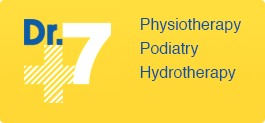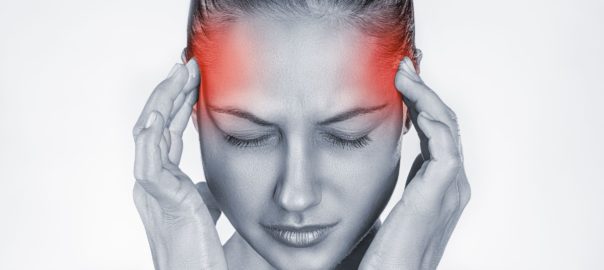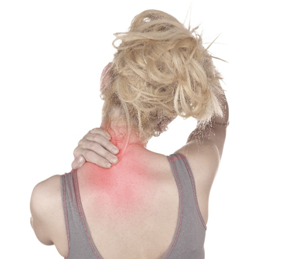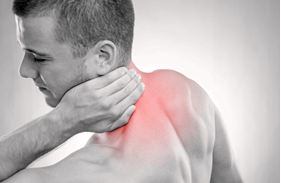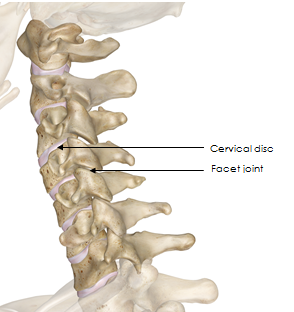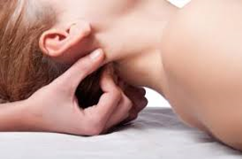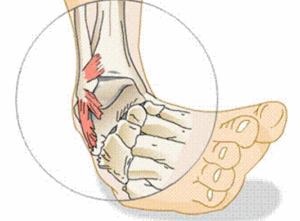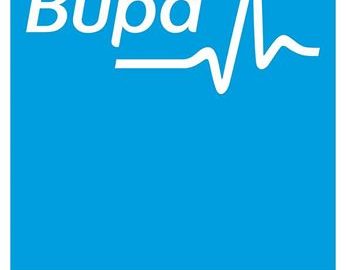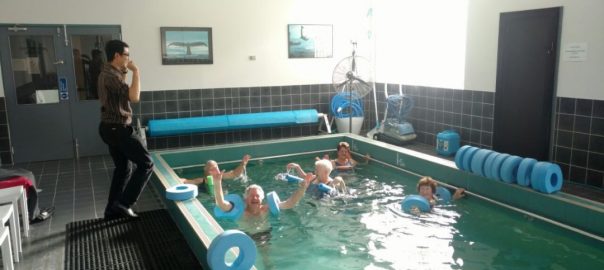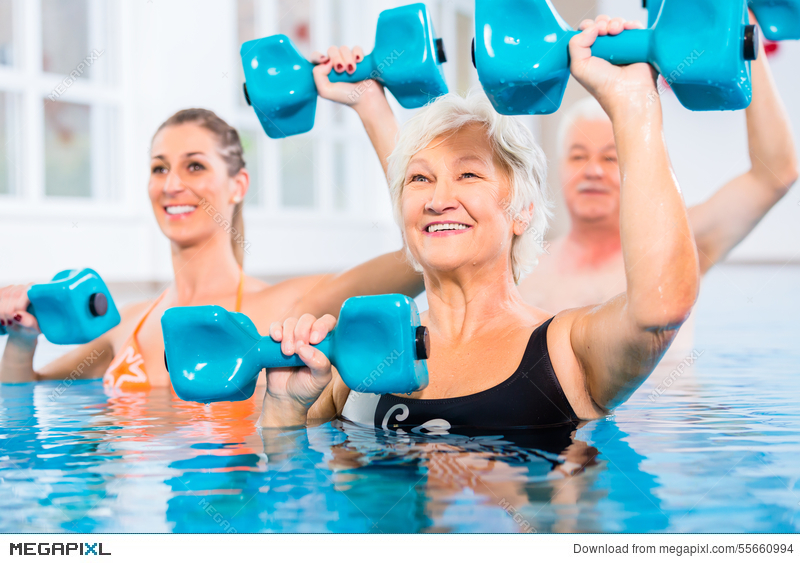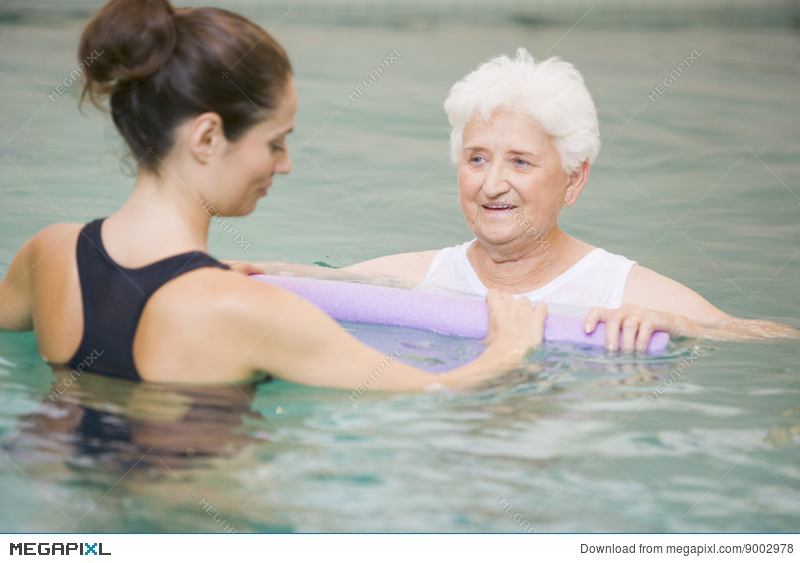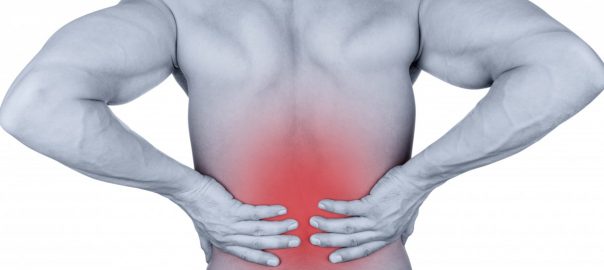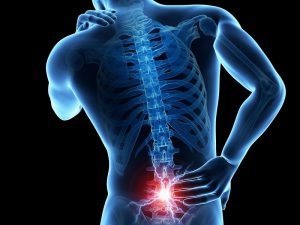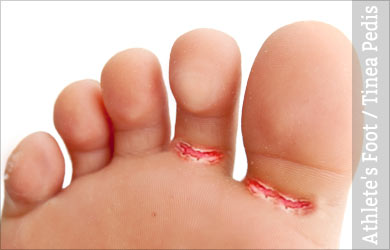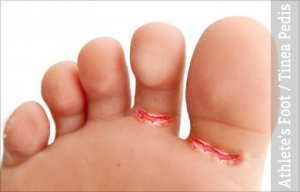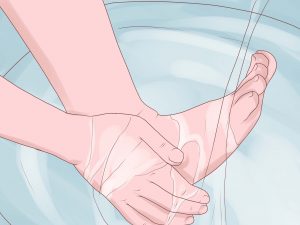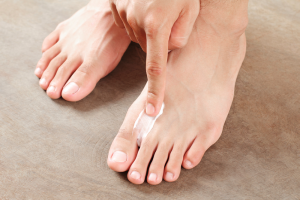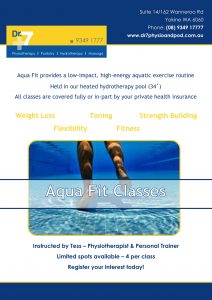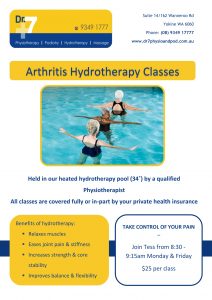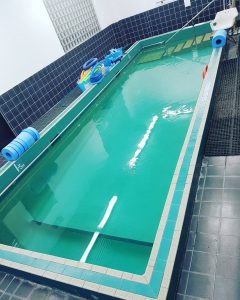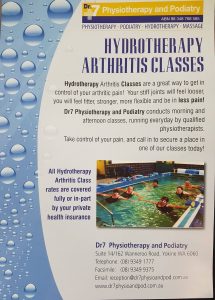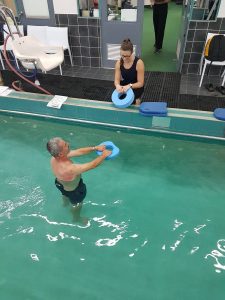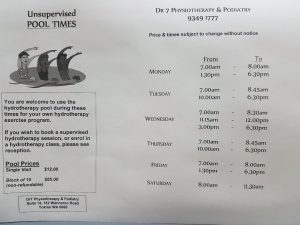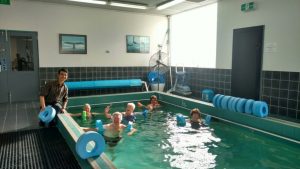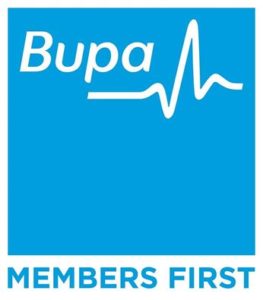Can Physiotherapy fix your headache?
Did you know that a physiotherapist can help you with assessing the cause of your headache? And in some cases, can even help manage it!
Headaches are a very common problem and can make it extremely difficult to concentrate, work, sleep or perform normal day to day activities.
There are many different causes of headache, some of which can be addressed by your Dr7 Physiotherapist Yokine. In fact, The International headache society (yes, it’s real) has a classification system that can help differentiate types of headaches and help guide management. Examples include migraine, tension-type headache, cluster headaches and cervicogenic headaches.
What is a cervicogenic headache?
Cervicogenic headache is a headache caused by a non-traumatic disorder involving any structure in the neck, including bony, muscular and other soft tissue elements.
Typically cervicogenic headaches consist of pain in one side of the neck, head and face. Often pain will exist in the back of the head, temples and radiate to the face and eye. The headache can be acute, or it can be present for weeks or months. Symptoms can also include reduced range of movement of the neck as well as sensitivity around the base of the skull.
Is it common?
Data relating to the incidence of cervicogenic headache is mixed, with some studies showing that up to 20% of chronic headaches could be cervicogenic in nature.
What causes cervicogenic headache?
The exact cause of the headache is usually unknown, but it is likely that a combination of factors contribute to the onset of cervicogenic headache. Physical factors such as acute neck strains/sprains, repetitive strain, prolonged postures (such as sitting at work all day) have the potential to irritate the muscles and joints of the neck and trigger a headache. Non-physical factors such as stress, anxiety and diet are likely to contribute to the onset of cervicogenic headache and can prolong recovery.
How can Dr7 Physiotherapy help?
Your Dr7 Physiotherapist Joondana will assess your headache and identify contributing factors. They will also exclude any other causes for your pain.
At Dr7 Physiotherapy Balcatta we can treat the joints and muscles of the neck using manipulative therapy and myofascial tissue therapies such as massage and dry needling. We can also advise you on the best exercises and stretches to improve your pain and reduce your risk of re-injury.
How long does it take to get better?
The duration of your symptoms can vary and depend on several factors. In most cases you will feel a significant reduction in both headache and neck pain within a few treatments. Generally if you have had cervicogenic headache for a long time it will take longer to improve, whereas acute headaches will get better very quickly.
